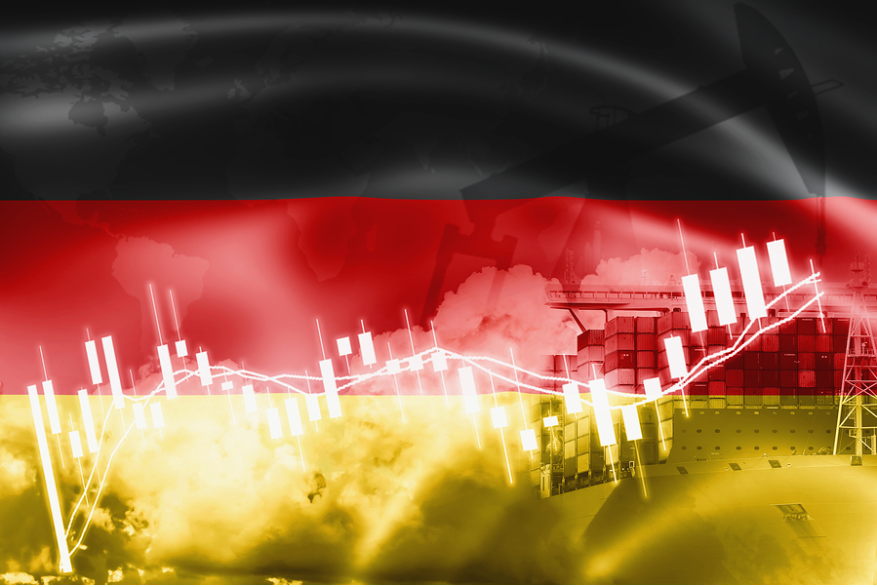Det bliver en kold og mørk nat, sagde de sønderjyske nissemænd i The Julekalender med sangen It’s Hard to be a Nissemand. Det er sådan, borgerne syd for grænsen vil mærke den kommende vinter. Ifølge Deutsche Bank står Tyskland over en covid-vinter – den anden i træk – og de første tal indikerer, at antallet af covid-inficerede bliver højere end sidste år. Der er ikke mange udviklede lande, der håndterer pandemien så dårligt. Efter lave tal for væksten i 3. kvartal venter banken stagnation i vinterhalvåret og erkender, at der kan være risiko for negativ vækst i et kvartal eller to. Trods dette har mangel på arbejdskraft ført til kraftige løntigninger, som lægger pres på inflationen. Banken tror, at forsyningsproblemerne, der vejer tungt på industrien, vil vare flere måneder og først aftrapper gradvist i løbet af det nye år.
Trouble in the air
Another “COVID winter”. GDP growth failed to accelerate further in Q3, as the supply shortages provided an increasing drag on industrial output.
The supply chain issues will prevail throughout the winter half and only taper off very gradually during 2022.
While private consumption was the growth engine in summer, the recent strong increase in the number of new COVID-19 infections will slow consumer spending during winter.
Absent Q3 details we now expect GDP to stagnate in the winter half, but acknowledge the increasing risks of negative quarters. Given the upward revisions to H1 (published with the Q3 GDP flash) this would still result in an average growth rate of 2.5% yoy for 2021.
Further upside surprises at all stages of inflation have, despite an increasing tightness in the labour market, not (yet) started a price-wage spiral. Also in this issue: The next German government is in the making.



